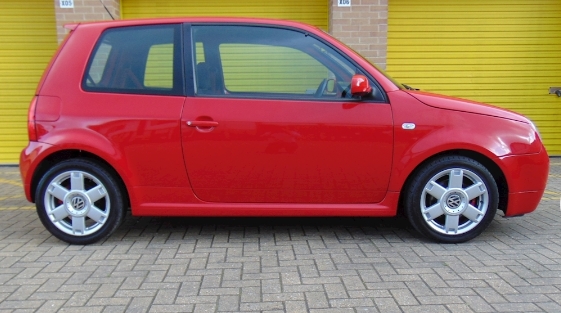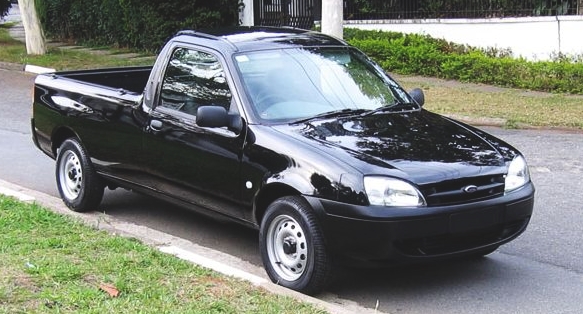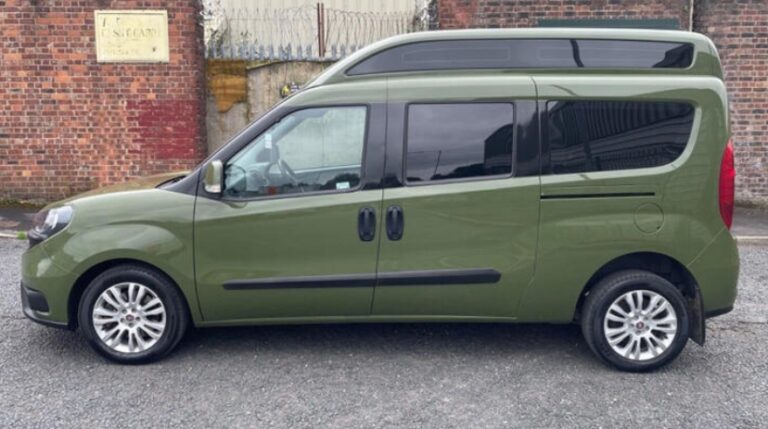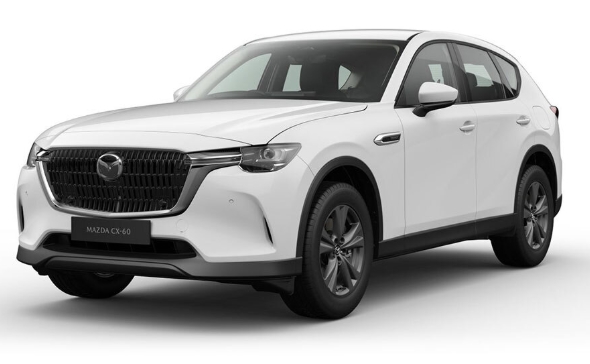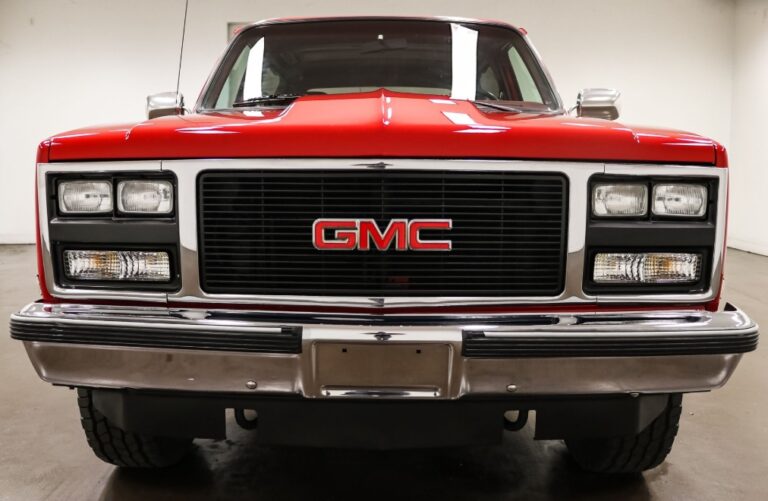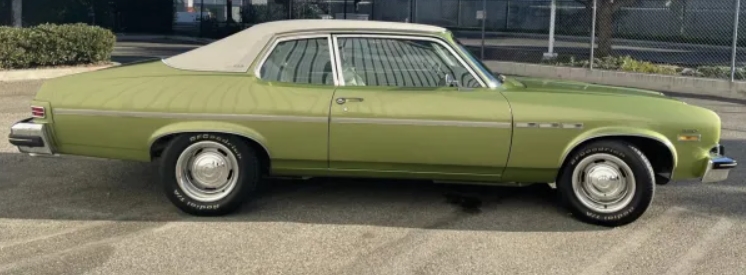The Evolution of the Volkswagen Lupo
The Volkswagen Lupo is a subcompact car (or supermini) that marked an important chapter in Volkswagen’s history, representing a blend of compact design, efficiency, and urban practicality. Introduced in the late 1990s, the Lupo was part of Volkswagen’s strategic expansion into the small car segment, competing with models like the Ford Fiesta, Fiat Punto, and Renault Clio. This article provides a detailed overview of the Lupo’s development, its model variations, trim levels, and the key milestones across its production lifespan.
Origins and Introduction (1998)
Development and Launch
The Volkswagen Lupo was officially launched in 1998 as a successor to the Volkswagen Polo Mk3 in the compact segment. Developed by Volkswagen’s engineering teams in Germany, the Lupo was designed to appeal to urban drivers seeking a small, economical, and stylish vehicle. It was built on the Volkswagen Group’s A0 platform, shared with other small models such as the Škoda Fabia Mk1 and the SEAT Arosa.
Design Philosophy
The Lupo’s design emphasized efficiency and practicality, with a compact size—measuring approximately 3.5 meters in length—making it particularly suitable for city driving and parking. The car’s styling was characterized by rounded edges, a high roofline for interior space, and a distinctive front grille.
First Generation (1998–2005)
Production Years
The first-generation Volkswagen Lupo was produced from 1998 until 2005, with the majority of models available globally, including in Europe and some other markets.
Model Variants and Trim Levels
The initial launch included several trim levels tailored to different markets, with notable trims such as:
- Lupo S: The base trim, offering essential features with manual windows, basic interior, and modest equipment.
- Lupo SE: A step-up with additional comfort features, alloy wheels, and improved interior materials.
- Lupo GTI: The sporty variant, introduced in 2000, powered by a 1.6-liter 16-valve engine producing 125 horsepower, with sportier suspension, distinctive styling cues, and performance-oriented features.
- Lupo E: An economy-focused model with minimal features aimed at budget-conscious consumers.
Engine Options
The first-generation Lupo offered a range of petrol and diesel engines, including:
- Petrol engines:
- 1.0 L I4 (50-65 hp)
- 1.4 L I4 (60-75 hp)
- 1.6 L I4 (75-100 hp, GTI version)
- Diesel engines:
- 1.2 L TDI (64 hp)
- 1.4 L TDI (75-75 hp)
Special Editions and Facelifts
In 2002, Volkswagen introduced a facelift that included updated bumpers, lighting, and interior improvements. Special editions such as the Lupo Urban and Lupo Salsa were also released, featuring unique styling cues and additional equipment.
Notable Features
Throughout its first generation, the Lupo was praised for its nimbleness, fuel economy, and compact dimensions. The GTI model became particularly popular among enthusiasts, offering sporty performance in a small package.
Second Generation (2005–2005/2006)
Transition and Discontinuation
Although the first-generation Lupo was well-regarded, Volkswagen announced the end of its production in 2005/2006, consolidating their small car offerings and shifting focus to other models like the Polo.
Production Stop
The Lupo was officially discontinued in 2005 in most markets, making way for the new Polo Mk4. However, some markets received the Lupo until early 2006, with limited availability.
.
THIS might be a great place to get your new car from!
Or for those who are into the “car flipping” business, here’s an excellent resource for you!

.
Post-Production and Legacy
Although the Lupo was discontinued after roughly seven years, its influence persisted. Its platform served as the foundation for other small models within the Volkswagen Group, and its sporty GTI version remains a sought-after classic among enthusiasts.
Summary of Model and Trim Evolution
| Year Range | Model/Trim Names | Key Features & Notes |
|---|---|---|
| 1998–2002 | Lupo S, Lupo SE, Lupo E | Entry-level trims, basic features, early design |
| 2000–2005 | Lupo GTI | Sportier model, 1.6L 125hp, performance suspension |
| 2002–2005 | Special Editions (Urban, Salsa, etc.) | Aesthetic and equipment upgrades |
| 2005–2006 | Discontinued | End of production, replaced by Polo |
Notable Features and Technological Aspects
- Safety: The Lupo was equipped with anti-lock brakes (ABS), airbags, and reinforced safety structures, which were significant at the time.
- Fuel Efficiency: Its lightweight construction and small engines contributed to excellent fuel economy, often exceeding 50 mpg in combined testing.
- Customization: The Lupo offered various optional features, including different wheel designs, interior trims, and color options, catering to a diverse customer base.
The Lupo’s Place in Automotive History
The Volkswagen Lupo is remembered as a practical, efficient, and stylish city car. Its sporty GTI variant remains a cult classic, appreciated for its spirited performance. Although its production ended over a decade ago, the Lupo’s influence persists in small car design and engineering within the Volkswagen Group.
Conclusion
The Volkswagen Lupo’s evolution from a compact city car to a sporty hatchback exemplifies Volkswagen’s commitment to versatility and innovation in the small car segment. Its production span from 1998 to 2006 saw multiple model updates, special editions, and technological advancements, making it a significant model in Volkswagen’s lineup history. Today, the Lupo remains a nostalgic favorite for enthusiasts and a testament to Volkswagen’s engineering prowess in the compact car segment.
